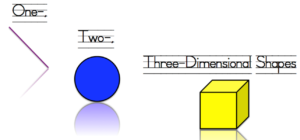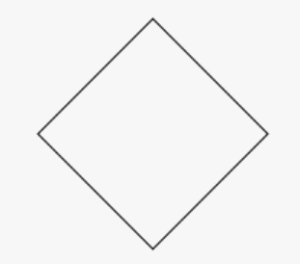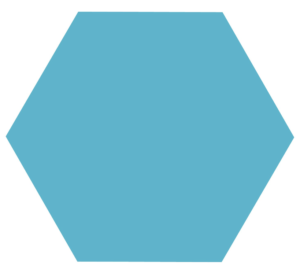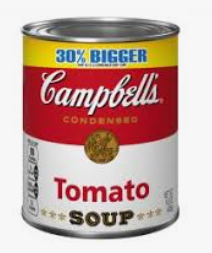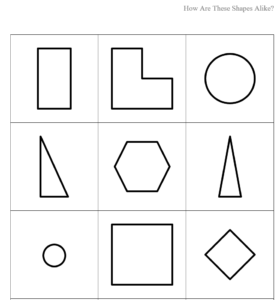MAFS.K.G.2.4: Analyze and compare two- and three-dimensional shapes, in different sizes and orientations, using informal language to describe their similarities, differences, parts (e.g., number of sides and vertices/“corners”) and other attributes (e.g., having sides of equal length).
Cognitive Complexity Level: 1-Recall
[divider] [/divider] Students are able to…
- Describe a shape by the number of sides and vertices (corners) it has.
- Compare two-dimensional shapes. Describe their similarities and differences.
- Compare three-dimensional shapes. Describe their similarities and differences.
[divider] [/divider] Students are able to…because teachers:
- Provide opportunities for students to explore concrete two-dimensional shapes.
- Pose questions to get students to compare various two-dimensional shapes.
- Provide opportunities for students to explore concrete three-dimensional shapes.
- Pose questions to get students to compare various three-dimensional shapes.
- Require students to describe a 2D or 3D shape by their number of sides and vertices. (Measurable attributes)
[divider] [/divider] Questions to ask students:
- Ask: How does the square and hexagon compare?
- Sample answer that indicates understanding: The square has 4 sides and 4 corners (vertices). The hexagon has 6 sides and 6 corners (vertices).
- Ask: How does the cylinder and cube compare?
- Sample answer that indicates understanding: The cylinder is made of 2 circle bases and one curved side. The cube doesn’t have any circles or curved sides. The cube is made of all squares.
[divider] [/divider] Additional Resources:
Additional in depth content knowledge
[divider] [/divider] Sample Formative Assessment Tasks:
Ask, “Can you choose two shapes that are alike? How are they alike? Use attributes (number of sides, number of corners, etc) to describe how they are alike.”
Then ask, “Can you choose two shapes that are different? How are they different? Use attributes to describe how they are different.”
[divider] [/divider] Resources/Tasks to Support Your Child at Home:
Choose two different objects from your home, such as a cereal box and a baseball. Ask your child to describe how the two shapes are alike and how they are different. Then extend to have them find another shape that is like them. Continue using flat shapes (two-dimensional shapes).
